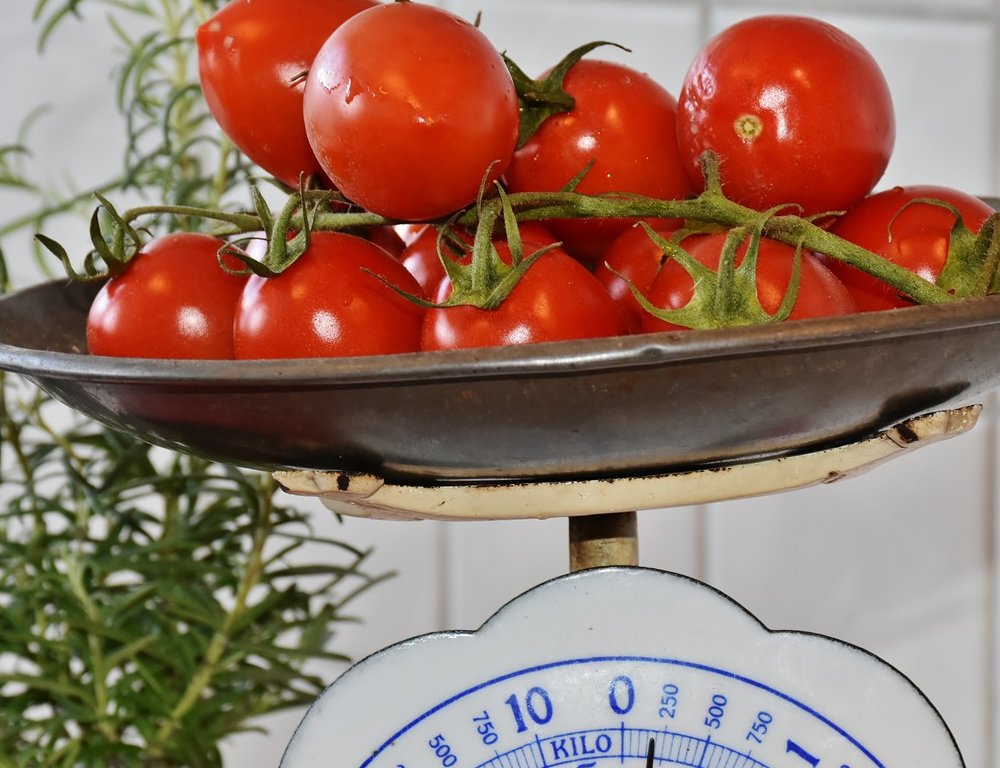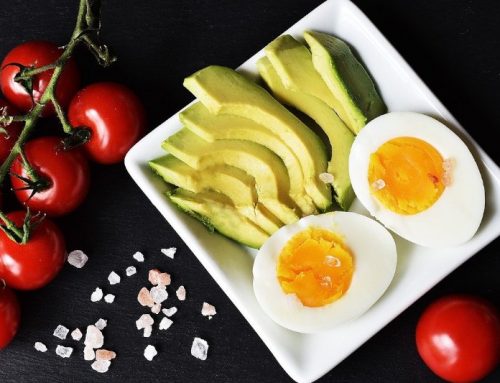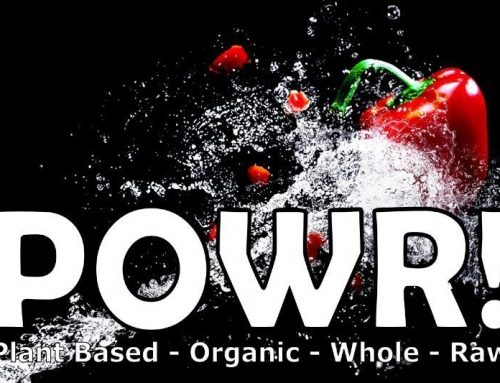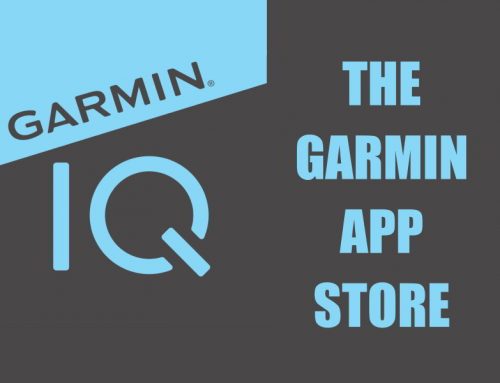Myfitnesspal is the top rated nutrition tracking app with over 50 million downloads from the Google play store alone.
The idea of this tracker is that you keep a diary of the food you eat (calories in) and the exercise you do (calories out) plus your daily calorie target which you manually enter. You then aim to meet your daily goals. The app keeps track of all Macro and Micro Nutrients as well as calories.
The tracker can be used online on your home computer and there are apps available for Android and Apple which mimic the online capability.
The free version is sufficient for most needs except that I found the adverts and premium reminders on the app very annoying and it was fairly slow on my Motorola G3. The premium version that gets rid of the adverts is $9.99 monthly or $49.99 per year which I think is expensive although there are a lot of other features that you may or may not value.
Having an app is very useful as it lets you update your food diary when you are out and about but I am happy to update my diary once a day as I am pretty consistent with what I eat.
There is a BIG drawback I can see with this app which may be shared with all other apps of this type - Accuracy.
The reason most people fail to lose weight in calorie counting is that they underestimate the calories they consume either because they get the basic value wrong or they underestimate the portion size.
Whatever bells and whistles your app might have, the one thing it MUST do is to very accurately track your nutrition consumption.
Myfitnesspal has every food you can imagine in it’s database. There are generic foods and drinks, plus branded versions from all the main suppliers. Finally there are “end user” entries that have been added by other myfitnesspal users.
The problem with this is that it can take forever to find the best match for the food you want to add to your tracker
Also the calorie values (and possibly the other nutrient values) seem to be wildly inaccurate. For example you can find pork with 120 cals per 100g, 230 cals per 100g and even 400 cals per 100g. Which one would you choose?
Another problem is that measurements are sometimes US and sometimes metric, so not only do you need to find the closest descriptive match but also the correct units
They also include a serving qty which you can change, the default is 1
So if the weight of 1 serving is 100 grams and you eat 40 g then you need to change the default serving qty from 1 to 0.4 to get the correct result.
If the default serving is 4 oz and you eat the same 40 g then you need to convert oz to gram (multiply by 28) = 112 g and then change the default serving qty from 1 to around 0.35 ish and you will get the correct(ish) result – Or you can keep searching the database for a 100g serving option
You can see from this that it is possible to get your calorie intake very wrong indeed (or to spend a lot of time scrolling through the database.
There are ways to mitigate these errors which I will talk about later in this reviewe.
So lets take a look at how it works
The desktop version has four main screens (the app offers the same functionality)
The MyHome screen shows a daily summary and has buttons to quickly add a food or an exercise entry

The food screen lets you add a food entry

The exercise screen lets you add an exercise entry

The Reports screen lets you generate a very wide range of reports to track your progress

Here’s the screen for adding a food entry you can choose a food from the myfitnesspal database or add your own food or meal (more about this later).

Here’s an example of the first few entries for Salmon in the myfitnesspal database, you can see there are many different generic and branded versions of the same food as well as many different serving sizes.

It is VERY important to remember that only the entries with green arrows are verified as accurate by myfitnesspal. The other entries may be accurate but I would not use them.
You can use Myfitnesspal to check the nutrition values of food before you eat it!
If you can't find what you are looking for you can add your own food using the my foods screen. This has two advantages: Firstly you can be sure the values are accurate and secondly it gives you a quick search list of your favourite foods.

There is another screen where you can add complete meals. This is really useful as you can create entries such as your own recipe of Salad or Spaghetti Bolognese and add that to your tracker with a single click rather than having to list all the ingredients.

How to add an Exercise session
You add an exercise by selecting it from the myfitnesspal database (use the left hand search box or the drop down list on the right) and adding the time you spent on that exercise. The weight box is pre-populated using the latest weight you entered in your settings.

If you are using a device that measures calories as you exercise (Garmin, Strava, Wahoo etc) you can use these values in place of the myfitnesspal estimates.
To do this you need to add your own exercise from the My exercises screen. You can also use this if you have a regular exercise routine that you want to add in future with a single mouse click.

You can also keep track of your water consumption

There are a very wide range of reports available either from the reports tab, or by clicking on the button at the bottom of the data entry pages.
This report consolidates all other reports and lets you choose a date range

This report lets you monitor your nutrient intake over time by nutrient

Conclusion
In summary I think that the myfitnespal app is worth looking at. I would only trust the verified nutritional values with the green tick and I would even go further than that and would build my own list of foods and meals. I find I regularly eat just 59 different foods.
Or you could just use a spreadsheet!
You can download myfitnesspal for free here






Leave A Comment
You must be logged in to post a comment.